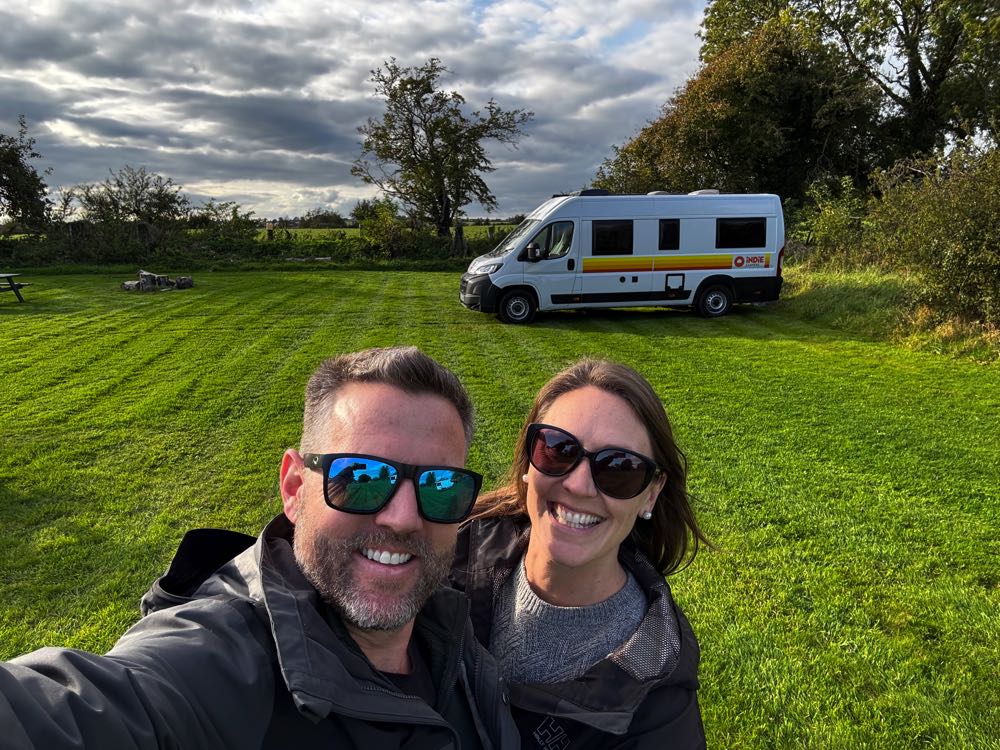When you’re miles from a road, a minor issue like a blister or a small cut can quickly become a major, day-ruining problem.
A well-stocked first aid kit is arguably the most important piece of gear in your pack, but it’s often the most overlooked.
It’s not just about bandages; it’s about being self-sufficient and having the confidence to handle the most common hiking injuries.
This guide will show you exactly what you need to build the perfect kit, from pre-made basics to the expert items we never leave home without.
Should You Buy a Pre-Made Kit or Build Your Own?
When you first look at a list of first aid items, it’s easy to feel overwhelmed. The good news is you have two great options:
Pre-Made Kits: These are a fantastic starting point. They’re convenient, compact, and cover all the general basics for a reasonable price. Their main drawback is that they often skimp on the items you’ll use most, like quality blister plasters.
Build-Your-Own (BYO): This is the gold standard. You get to choose higher-quality items (better plasters, your preferred painkillers) and customize the kit to your personal needs.
Our Recommendation (The Best of Both): Start with a good pre-made kit. Then, open it up, get familiar with the contents, and immediately upgrade it.
Add a full pack of dedicated blister plasters, your own painkillers, and any personal medication. This way, you get the convenience of the basic kit with the customization of a BYO.

Your Essential Hiking First Aid Kit Checklist
Every hiker’s kit will vary slightly, but here are the non-negotiable items you should carry on every walk.
1. Blisters & Foot Care (The Hiker’s #1 Enemy)
Your feet are your most valuable asset. The best ‘first aid’ is prevention, which starts with a properly-fitted pair of hiking boots. But for when things go wrong, you need:
- Blister Plasters: Don’t just rely on standard plasters. Pack specialist hydrocolloid plasters like Compeed, which act like a second skin.
- Medical Tape: Strong Zinc Oxide tape is perfect for covering “hot spots” before they become blisters.
- Small, sharp scissors: For cutting tape.
- Antiseptic Wipes: For cleaning the area before applying a plaster.
2. Cuts & Wounds
For the inevitable scrapes from rocks, barbed wire, or thorny brambles.
- Assorted Fabric Plasters: More durable and flexible than plastic ones; they actually stay on.
- Sterile Gauze Pads (various sizes): For cleaning or applying pressure to larger wounds.
- Antiseptic Cream or Spray: To prevent infection.
- Butterfly Stitches (Steri-Strips): For helping to close deeper cuts that might need a bit of help.

3. Medications & Relief
Always store medication in a waterproof, clearly labelled bag.
- Painkillers: Your preferred choice (e.g., Ibuprofen, Paracetamol).
- Antihistamines (e.g., Piriton): For unexpected allergic reactions to insect stings, bites, or plants.
- Rehydration Salts (e.g., Dioralyte): Essential for treating dehydration from sickness or heat exhaustion.
- Any personal medication: For example, your inhaler or insulin.
4. Emergency & Survival
These items weigh almost nothing but can be genuine life-savers in an unexpected situation, helping to prevent issues like hypothermia (a risk you can also reduce by wearing the correct layers).
- Foil Emergency Blanket: Incredibly light and compact, it’s vital for keeping a casualty warm while waiting for help.
- High-Energy Gel or Glucose Tablets: For a rapid energy boost if someone is “bonking” (a sudden loss of energy).
- Whistle: The six-blast distress signal is much louder and carries further than a shout.

What’s In My Personal Kit? (Paul’s Expert Additions)
The checklist above covers the essentials, but I add a few extra items to my personal kit based on 17 years of Army experience and guiding groups in the hills:
- A Good Pair of Tweezers: They’re invaluable for pulling out thorns, splinters, or ticks.
- Safety Pins: Incredibly versatile. They can help secure a bandage, fix a broken backpack strap, or even remove a deeper splinter (after sterilizing).
- Duct Tape: I wrap a small amount (about a metre) around my water bottle or trekking pole. It can patch a torn jacket, fix a broken boot, and in an emergency, it’s a super-durable blister plaster.
- Tick Remover Tool: A small, plastic tick remover is far more effective and safer than tweezers for removing ticks. I also hike with dogs so they always come in handy.

Pro-Tips for Managing Your First Aid Kit
- Keep it Waterproof: Your kit is useless if it’s soaking wet. Store it in a dedicated, waterproof dry bag or a high-quality zip-lock bag.
- Check it Regularly: Twice a year, at the start of summer and winter, empty your kit. Replenish any items you’ve used and, most importantly, check the expiration dates on medications and sterile wipes.
- Know How to Use It: A kit is only as good as your knowledge. I can’t overstate the value of a basic outdoor first aid course. It gives you the confidence to act decisively when it matters.
- Make it Accessible: Don’t bury your kit at the bottom of your pack. It should be in a top pocket or an easily accessible side pocket.
Conclusion: Be Prepared, Not Scared
A well-stocked first aid kit is a small, lightweight item that makes a huge difference. It’s not about planning for disaster; it’s about having the confidence to handle the small things so you can focus on what matters—enjoying your adventure.
Pack it right, and you’ll probably forget it’s even there… until you (or a friend) really need it.
If you are starting out in hiking then take a look at our comprehensive Beginners Guides.



















 English (US) ·
English (US) ·